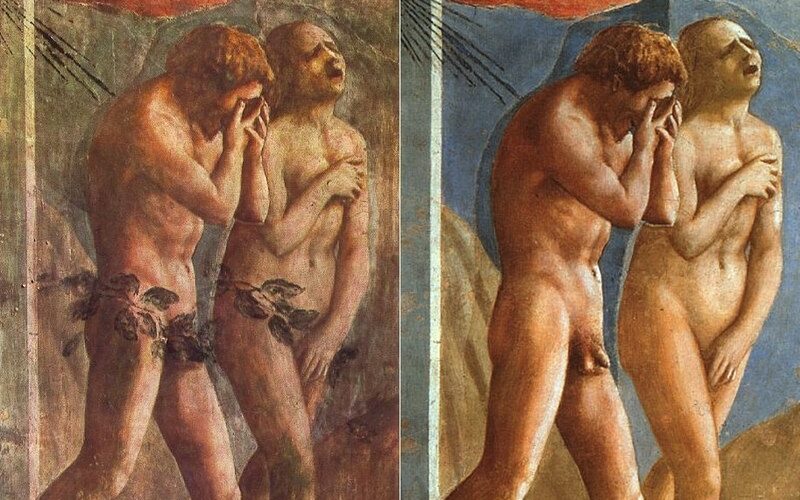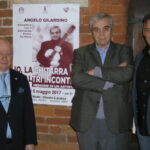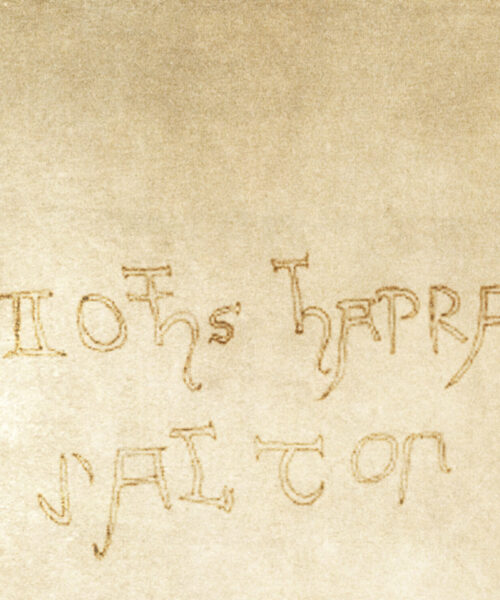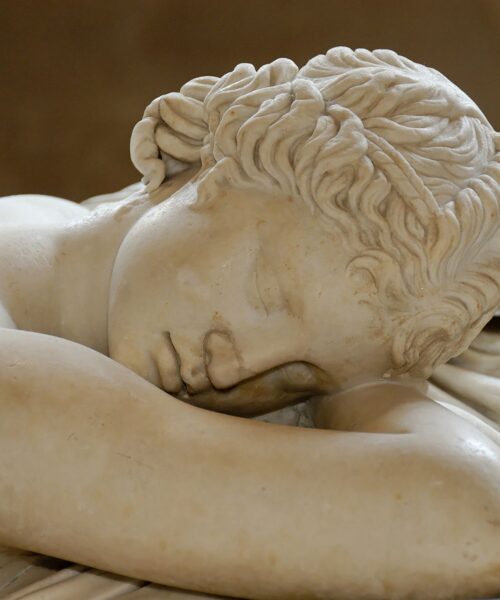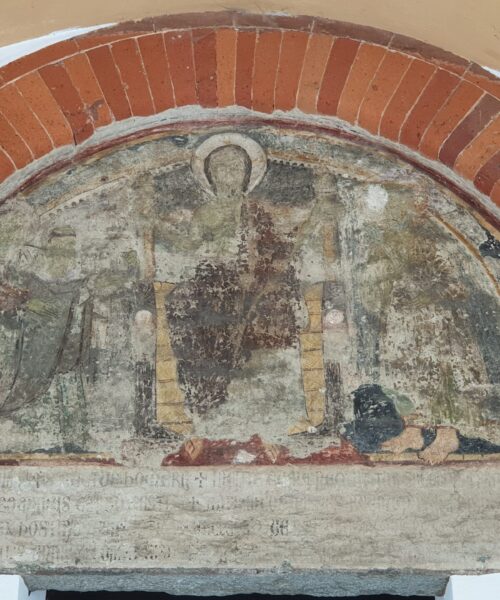In the pulsating heart of Florence, within the Brancacci Chapel, lies one of the most eloquent examples of Renaissance genius: Masaccio’s fresco depicting the Expulsion of Adam and Eve from the Earthly Paradise. This work, hidden for centuries under layers of paint that masked its essential nudity, has undergone meticulous restoration, revealing the artist’s original vision. The removal of the modest additions unveiled not just nude bodies, but also a raw, tangible emotion: the acute pain of loss and shame.
This revelation marked a turning point, a breath of freedom in a world that often tried to bridle art within the confines of conventionality. Yet, despite this advance, contemporary society still shows signs of hesitation in fully embracing raw, naked art. A glaring example was the boxing up of statues in the Capitoline Museums, an act that echoed through the centuries, as if the shadows of the past still had the power to obscure beauty in its purest form.
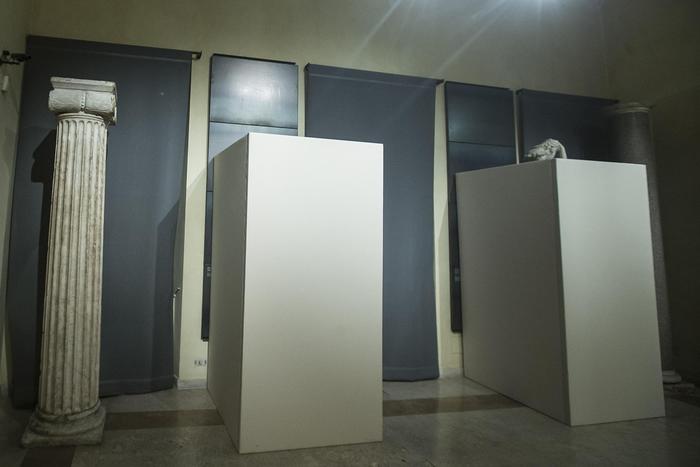
The episode of the boxing up of the statues in the Capitoline Museums has etched itself into collective memory as a symbolic act of great resonance. The sculptures, which have stood immobile for centuries testifying to the skill and passion of the artists who sculpted them, suddenly found themselves hidden behind barriers, as if their nudity could still offend the viewer’s gaze. This gesture, made in a context of international diplomacy, reignited an ancient debate as old as art itself: to what extent should cultural sensitivity influence the presentation of art?
The statues, deprived of their usual visibility, took on a new meaning. No longer just works of art to be admired, but symbols of a conflict between freedom of expression and norms of decency that vary greatly between different cultures and eras. The act of hiding these forms, which for the modern eye embody the ideal of beauty and classical art, evoked images of a time when censorship was a common tool to impose modesty and morality.
This boxing up spoke of more than just a simple diplomatic precaution; it spoke of an interrupted dialogue between the past and the present, between art and its audience. The shadows of the past, in this case, were not only those of moral conventions but also those of a contemporary uncertainty about how art should be presented and perceived. In a world that prides itself on its openness and acceptance, these temporary panels acted as a reminder that, in some areas, we are still reluctant to confront nudity and human vulnerability.
The boxing up raised fundamental questions about art and censorship, prompting reflection on how much we are willing to alter or hide our artistic heritage to respect others’ sensitivities. It highlighted the tension between the desire to preserve artistic integrity and the need to navigate the delicate landscape of international relations. In this act, the boxed statues became a powerful symbol of the ongoing struggle between unconditional expression and the limitations imposed by society, an echo that resonates through the centuries and continues to define our relationship with art.
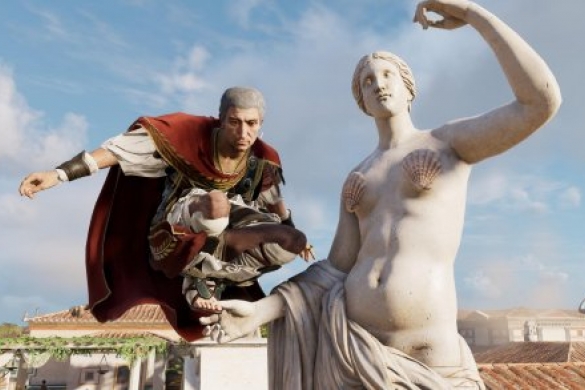
Even the virtual world is not immune to this tension. In the video game “Assassin’s Creed,” set in digital reconstructions of historical cities, the developers opted to censor artworks, applying a modern “fig leaf” digitally to hide what has been exposed for centuries. This choice raises questions: is it an act of respect towards a global and diverse audience, or is it a regression, a step back from the hard-earned cultural maturity?
Art, in its purest essence, has always been a battlefield between expression and restriction, a place where social norms are constantly questioned. Censorship, whether imposed by external forces or self-inflicted, lifts the veil on an inner struggle between the desire for expressive freedom and the need to conform to a collective ethic. But perhaps, just like the fig leaves that once served to cover and protect, censorship can also be seen as a means through which art challenges the public to seek a deeper truth, to look beyond the surface to discover the emotional and spiritual core of humanity.
In this intricate dialogue, art stands as a beacon of provocation and reflection, inviting everyone to question the meaning of decency and respect. It’s not so much a question of whether censorship is right or wrong, but rather of how it stimulates a deeper exploration of art and its impact on society and the individual. In this way, art continues to weave its eternal narrative, revealing and concealing, in an endless cycle that reflects the complexity of the human condition.

